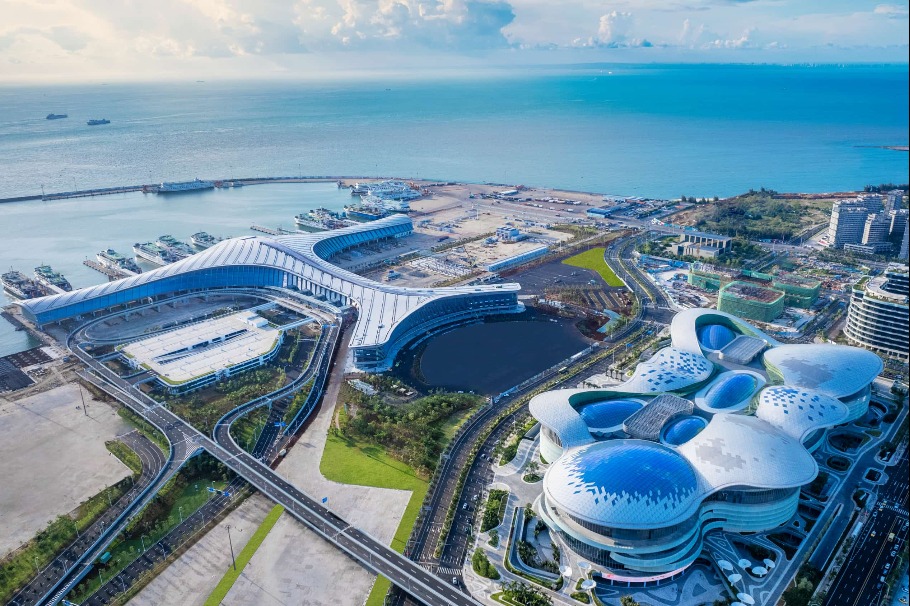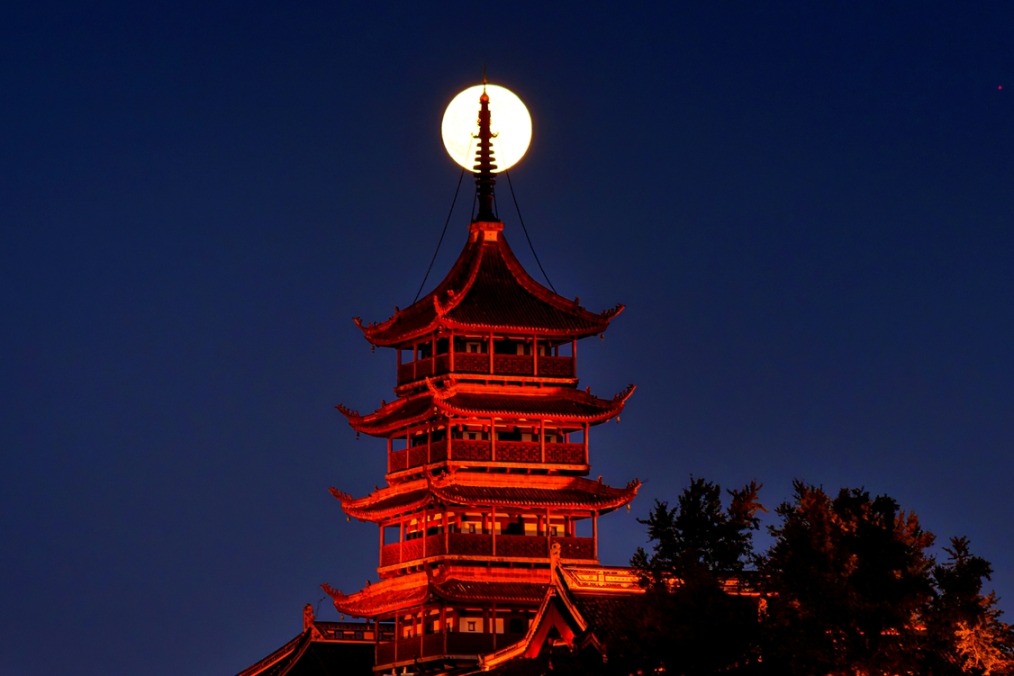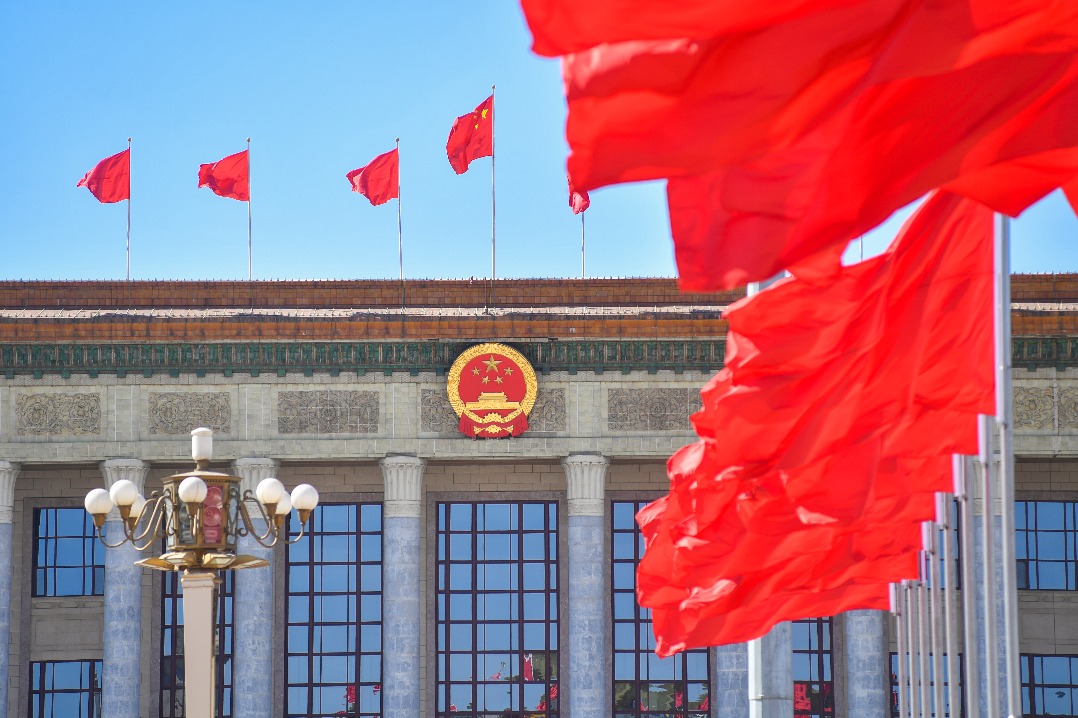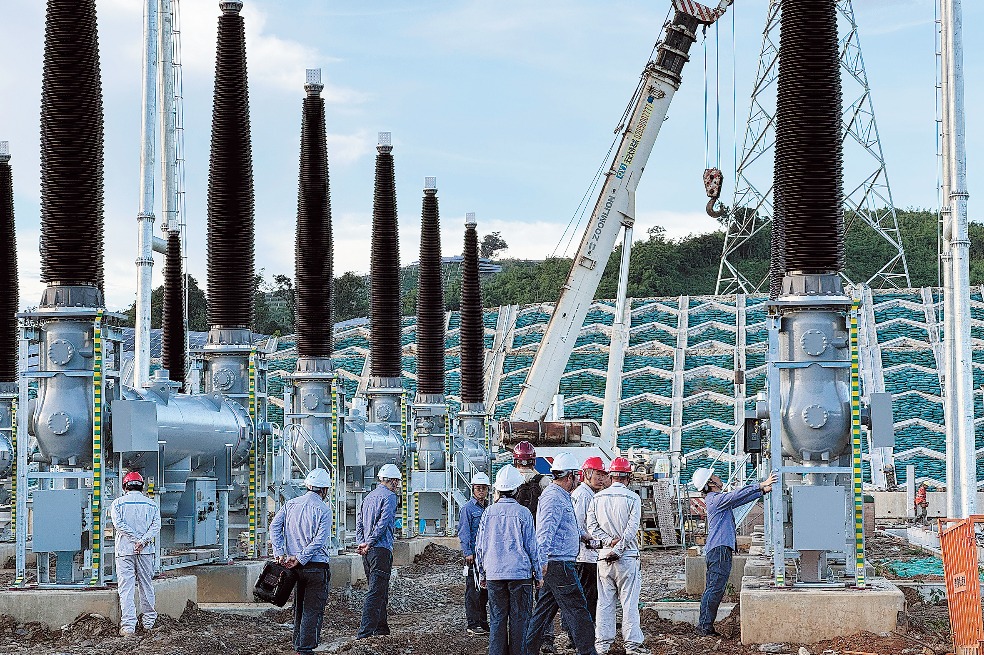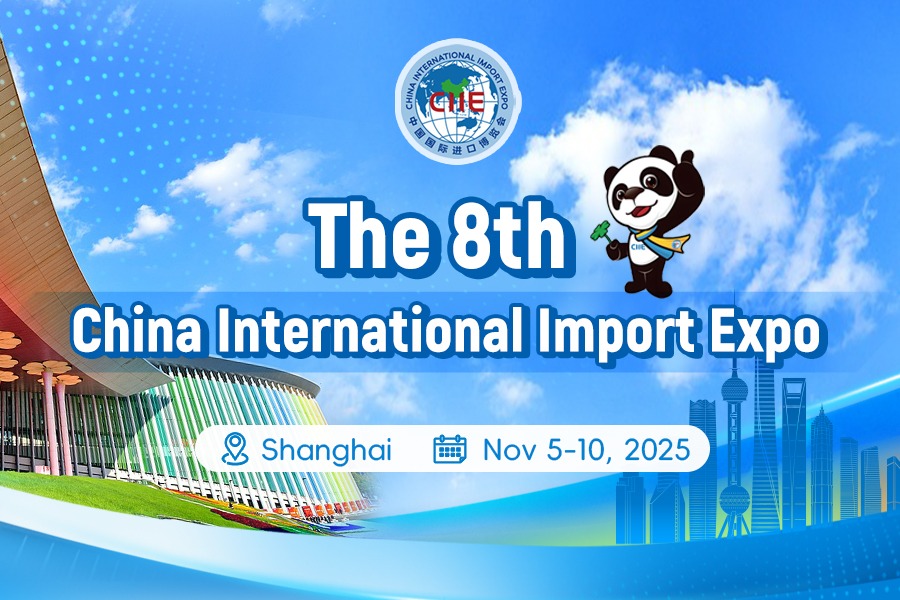Bi-city program bridges cultures, creativity, and communities

Sixteen university students from Beijing and Hong Kong gathered at the Palace Museum on Tuesday, not just to tour its historic halls but to imagine the future of China's cultural districts.
The discussion was a highlight of the ongoing Hong Kong Palace Museum's fourth Bi-city Youth Cultural Leadership Program.
By promoting cultural development in both cities, the program aims to strengthen Hong Kong's position as an East-meets-West center for international cultural exchange.
During the exchange, Wang Xudong, director of the Palace Museum, emphasized the Palace Museum's unwavering commitment to safeguarding China's cultural relics. He highlighted its role in advancing cultural heritage conservation through innovative strategies and international collaboration.
Bringing fresh perspectives, the students shared ideas on digital storytelling, visitor engagement and cultural branding, drawing on their learning journey and internship experiences under the program in Hong Kong and Beijing.
They stressed the importance of providing platforms to young local artists, integrating audience traffic across different venues within a cultural district, and creating inviting spaces that encourage longer visits. Their insights also included the need to bridge the gap between the districts and local grassroots communities, enhancing cultural exchange and community involvement.
The students also visited the Sensory Experience Gallery of the Palace Museum, which they said deepened their understanding of cultural intellectual property, brand operations, and the development of cultural and creative products.
"We are pleased to welcome students from the Bi-city Youth Cultural Leadership Program to the Palace Museum," Wang says.
"This meaningful initiative offers young people a platform to explore the changing landscape of cultural institutions and apply their creativity to real-world challenges. Their participation brings fresh perspectives and energy into the future of cultural districts. We look forward to strengthening our partnership with the Hong Kong Palace Museum to jointly nurture cultural talents and advance our shared mission of Chinese culture," he adds.
Louis Ng, director of the Hong Kong Palace Museum, says the program encourages students to envision the future of cultural districts through creativity, community, and innovation.
"The program underscores our mission to nurture cultural leadership through cross-boundary collaboration and contribute to sustainable urban development. We are proud to see students exploring complex cultural questions and proposing thoughtful ideas that reflect both ambition and a grounded understanding of the opportunities and challenges shaping the cultural landscape across different cities," Ng says.
Besides the Palace Museum visit, the Beijing stage of the program will enable students to participate in inspiring dialogues with industry experts, and a curated district city walk in Beijing.
After Beijing, the students will conclude their cultural journey in Shanghai, where they will visit landmark developments and urban cultural hubs.
Since its launch in 2022, the program has engaged nearly 150 students from Beijing and Hong Kong, aiming to inspire and nurture the next generation of cultural talent from Hong Kong and Beijing.
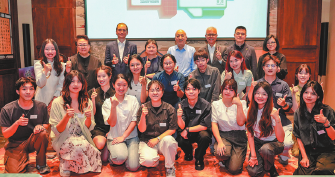
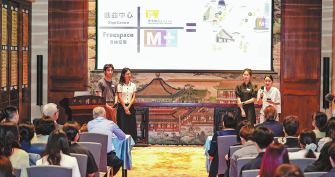
Today's Top News
- Imperative EU adopt cooperative approach to global climate action: China Daily editorial
- Sensationalism detrimental to dialogue: China Daily editorial
- Xi congratulates Samia Suluhu Hassan on assuming presidency of Tanzania
- Xi stresses adopting high standards for building Hainan Free Trade Port
- China, Samoa exchange congratulations over 50th anniversary of ties
- Transform food systems for a hunger-free world

















